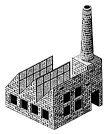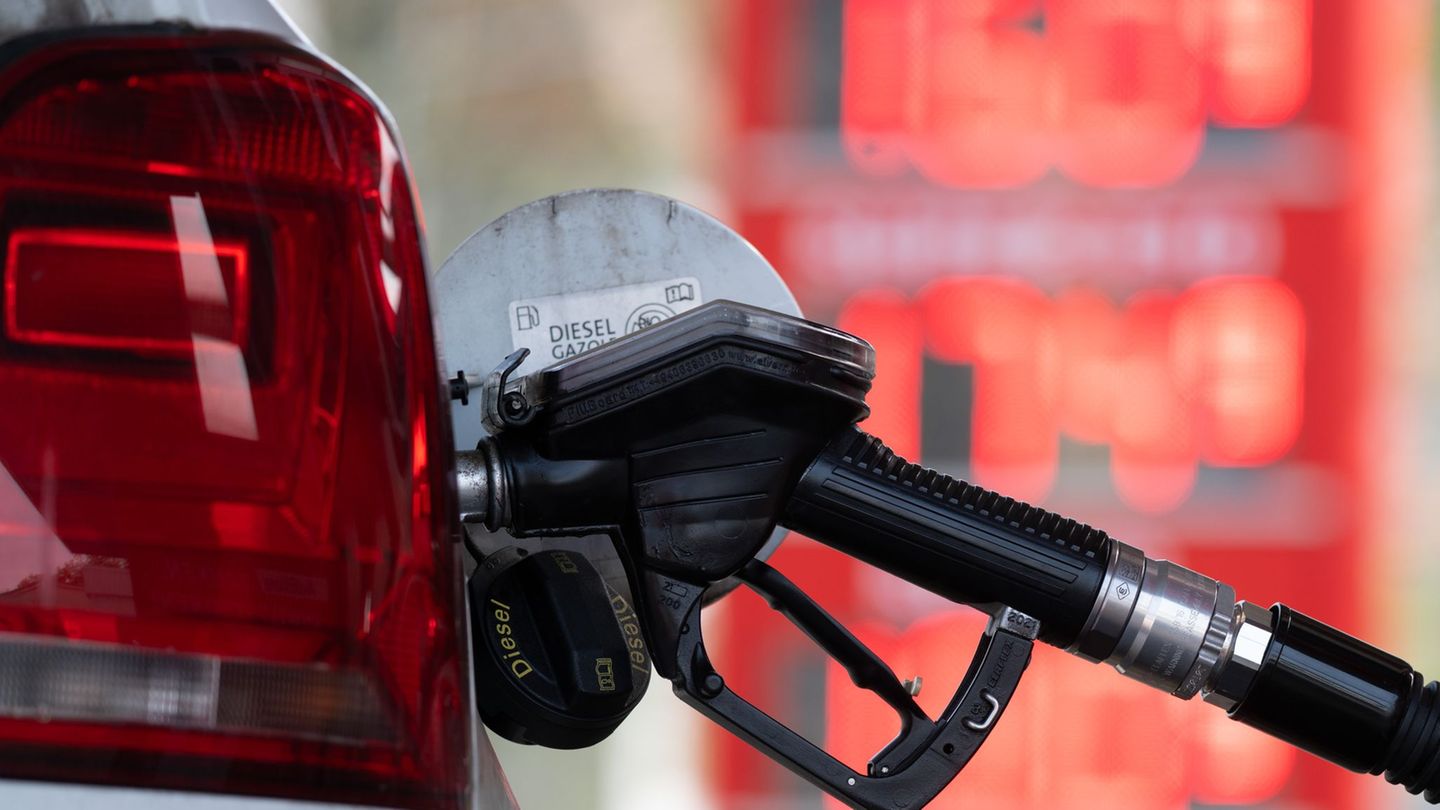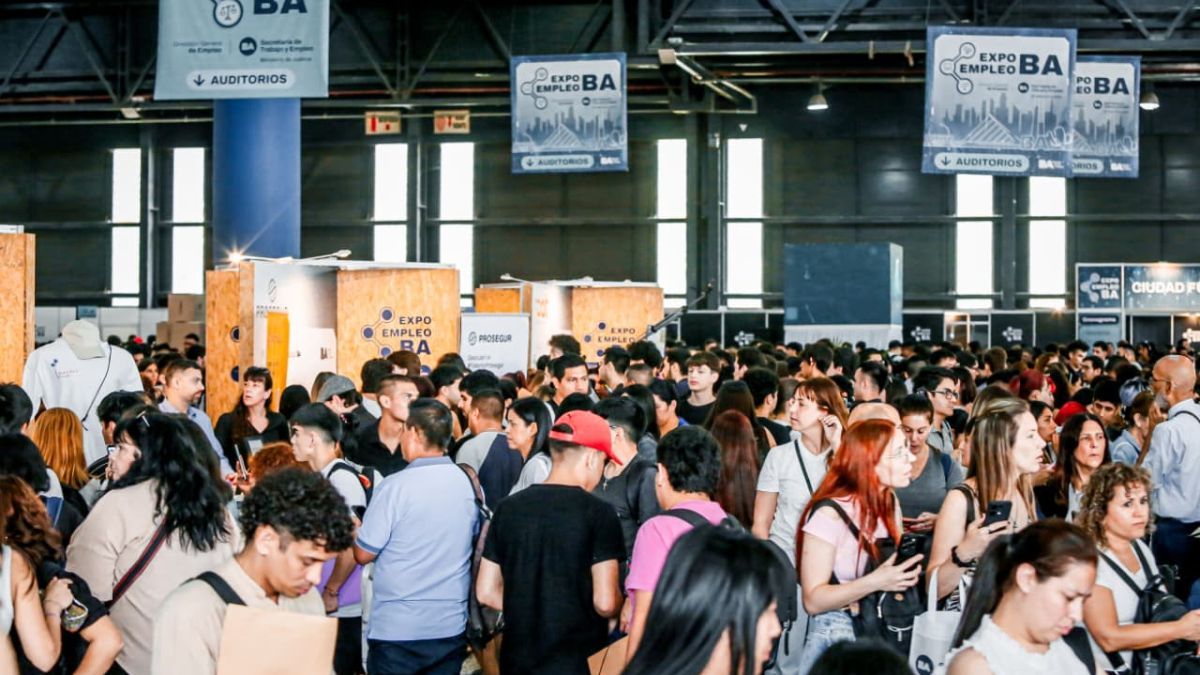In a challenging macroeconomic context due to the impact of the drought on the availability of foreign currency, anticipated government data indicates that manufacturing activity returned to growth last month. In February, according to the advanced index of industrial activity prepared by the Center for Production Studies (CEP XXI) of the Ministry of Industry and Productive Development, industrial production expanded 0.5% year-on-year and 10.1 % compared to the same month of 2019.
With respect to January, the information provided by the CEP XXI reflected that the industry also registered a growth of 0.6% without seasonality and thus accumulated two months of consecutive increase. All in all, the highest production for a first two-month period in five years was recorded. The leading index takes as reference the energy consumption on the basis of CAMMESA.
“We promised to stabilize the economy by supporting the level of activity of companies and the work of Argentines and Argentines,” said the Minister of Economy, Sergio Massa, on his Twitter account. And he added: “We had a time of unprecedented difficulties: pandemic, war and now the greatest drought in a century, but we did not stop for a minute in the effort to stabilize the economy so that Argentines have certainty about their work and their income…”.
“With all the difficulties that we have from the pandemic, the war and now the drought, the numbers continue to show that the economic course we are taking is the right one and we are complying with Sergio Massa’s political decision to order the macroeconomy while maintaining the level of activity focused on the industry and the added value”, said the secretary of Industry and Productive Development, José Ignacio de Mendiguren.
In January, industrial activity grew 6.3% compared to the same month in 2022. In this way, it ranked as the second most active January in the entire series. It also grew 0.7% compared to December without seasonality. In turn, this growth was widespread among industrial branches: of 16 sectors, 14 grew against the same month of 2022 and 12 did so compared to December.
The sectors that contributed the most to industrial growth in January were: food and beverages (9.1% year-on-year), basic metal industries (8.9%), automotive (24.8%), metal products (15.2%) , rubber and plastic (10.3%), non-metallic minerals (7.3%) and clothing (12%).
On the other hand, based on the data published by INDEC last week, it can be seen that the economy closed 2022 with an annual growth of 5.2%. Thus, it accumulated two consecutive years of product expansion, after the fall due to the pandemic and the recession of 2018 and 2019. Industry, together with commerce, were the sectors that contributed the most to the growth of the economy in 2022: they advanced 5% and 6.4% respectively, and both contributed 0.8 percentage points to the total expansion. Particularly, in the fourth quarter, the GDP increased 1.9% compared to the same quarter of 2022 and 6.1% compared to the same period of 2019.
In this way, with the growth of the last quarter of 2022, the economy accumulated eight consecutive quarters of year-on-year expansion. However, in the seasonally adjusted measurement, it showed a fall of 1.5% compared to the previous quarter, thus interrupting a period of five consecutive quarter-on-quarter increases (without seasonality).
Investment ended 2022 with an annual expansion of 10.9% and 28.8% in relation to 2019. Thus, it was at the highest level (at constant values) since at least 2004 (beginning of the series). In the fourth quarter, it remained at the same levels as in the same period of 2021 (grew 0.1% year-on-year) and was above pre-pandemic levels (it rose 33% compared to the fourth quarter of 2019), accumulating nine quarters of year-over-year growth, of which eight were double-digit year-over-year increases.
For its part, in the quarter-on-quarter measurement (without seasonality), it contracted by 7.2% against the third quarter of 2022, registering the second consecutive drop in said measurement. In terms of the economy’s investment rate, in 2022 investment represented 17.3% of GDP, the highest percentage since 2008, when it represented 19%.
Working market
Regarding the labor market, based on INDEC data and despite the quarter-on-quarter contraction of GDP, the unemployment rate was 6.3% in the last quarter of 2022, the second lowest level in at least the last 20 years. . The unemployment rate exhibited a drop of 0.7 percentage points compared to the fourth quarter of 2021 (that is, 117,800 people came out of unemployment) and was located 2.6 points below the level of the fourth quarter of 2019 ( 502,800 people who came out of unemployment in that period).
Compared to the third quarter of 2022, unemployment also fell (it fell 0.8 points and without seasonality it fell 0.4 points). This lower unemployment rate was accompanied by a growth in the activity rate (it grew 0.7 points in year-on-year terms and was maintained compared to the previous quarter), which implies that more people went looking for work and generally got it.
For its part, the employment rate for the last quarter of 2022 was 44.6%, the highest since at least 2003 (together with the second quarter of 2022, when it presented the same value). It increased 1 point with respect to the same quarter of 2021, which represents 648,500 more employed people. Compared to 2019, it improved by 1.6 percentage points, which means more than 1.3 million people became employed. On the other hand, there was greater employment growth in precarious conditions. This was reflected in the advance of informality: the proportion of wage earners without a retirement discount went from 33.3% in the fourth quarter of 2021 to 35.5% at the end of 2022.
Source: Ambito




